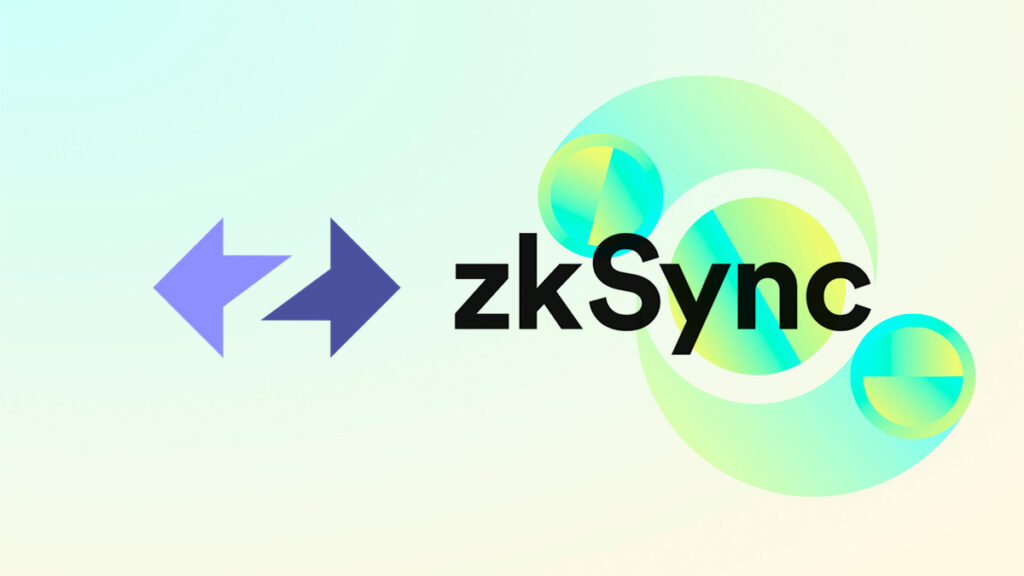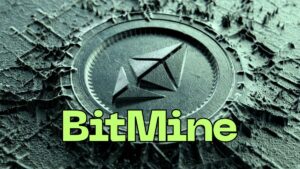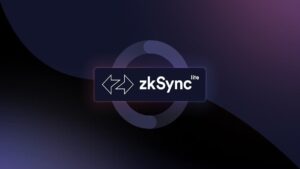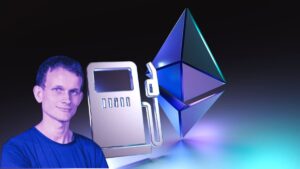TL;DR
- Decentralized Governance: ZKsync has launched a decentralized governance model on the mainnet, allowing the community to drive protocol updates through on-chain contracts.
- Three Governance Bodies: The model includes the Token Assembly, Security Council, and Guardians, each with distinct roles to ensure balanced control and security.
- Resilient and Independent: The system is designed to be resilient, supporting the ability to fork or exit, and ensuring the protocol can progress independently even if one governing body faces challenges.
ZKsync, a leading Ethereum Layer 2 scaling solution, has officially launched its decentralized governance model on the mainnet. This new system empowers the community to drive protocol updates through on-chain contracts, ensuring a resilient and decentralized decision-making process.
Community-Driven Protocol Updates
The governance model is structured around three independent bodies: the Token Assembly, Security Council, and Guardians. Each group has distinct responsibilities to maintain balanced control over the protocol’s future.
The Token Assembly, composed of token holders and their delegates, can propose and vote on protocol upgrades. This setup allows for on-chain decision-making, preventing any single group from having complete control.
Security and Integrity
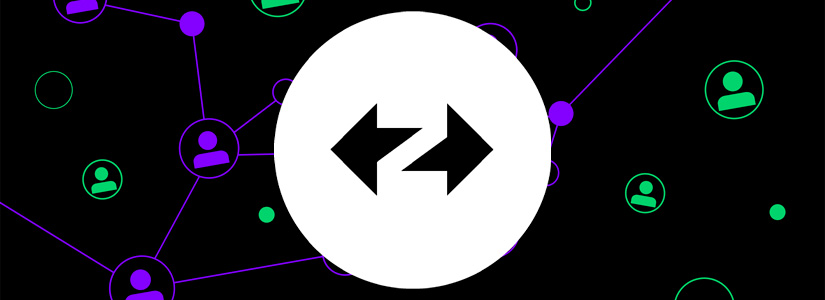
The Security Council plays a crucial role in protecting the protocol’s technical integrity. Composed of engineers and auditors, it reviews and approves upgrades, especially those addressing security risks. The Guardians ensure that all proposals align with ZKsync’s fundamental values and can veto any decisions that go against the community’s mission.
zkSync’s Decentralized Governance Principles
ZKsync’s governance model is based on principles of resilience, decentralization, and alignment with its mission. It supports the ability to fork or exit, giving the community the power to independently verify decisions and take action when necessary. The system guarantees that if one governing authority faces challenges, the protocol can still progress on its own.
The governance bodies collaborate to handle three main types of proposals: ZKsync Improvement Proposals (ZIPs) for protocol upgrades, Token Program Proposals (TPPs) for managing ZK token features, and Governance Advisory Proposals (GAPs) for off-chain decisions.
Every proposal is carefully examined by the Guardians and undergoes a technical assessment by the Security Council, guaranteeing that the system stays decentralized.
A New Benchmark for Decentralized Systems
This new governance model establishes a benchmark for the operation of decentralized systems. All modifiable aspects of the ZKsync protocol are now embedded within a system of checks and balances. Control of ZKsync is not held by any single entity or group but is managed through consensus among independent parties.


